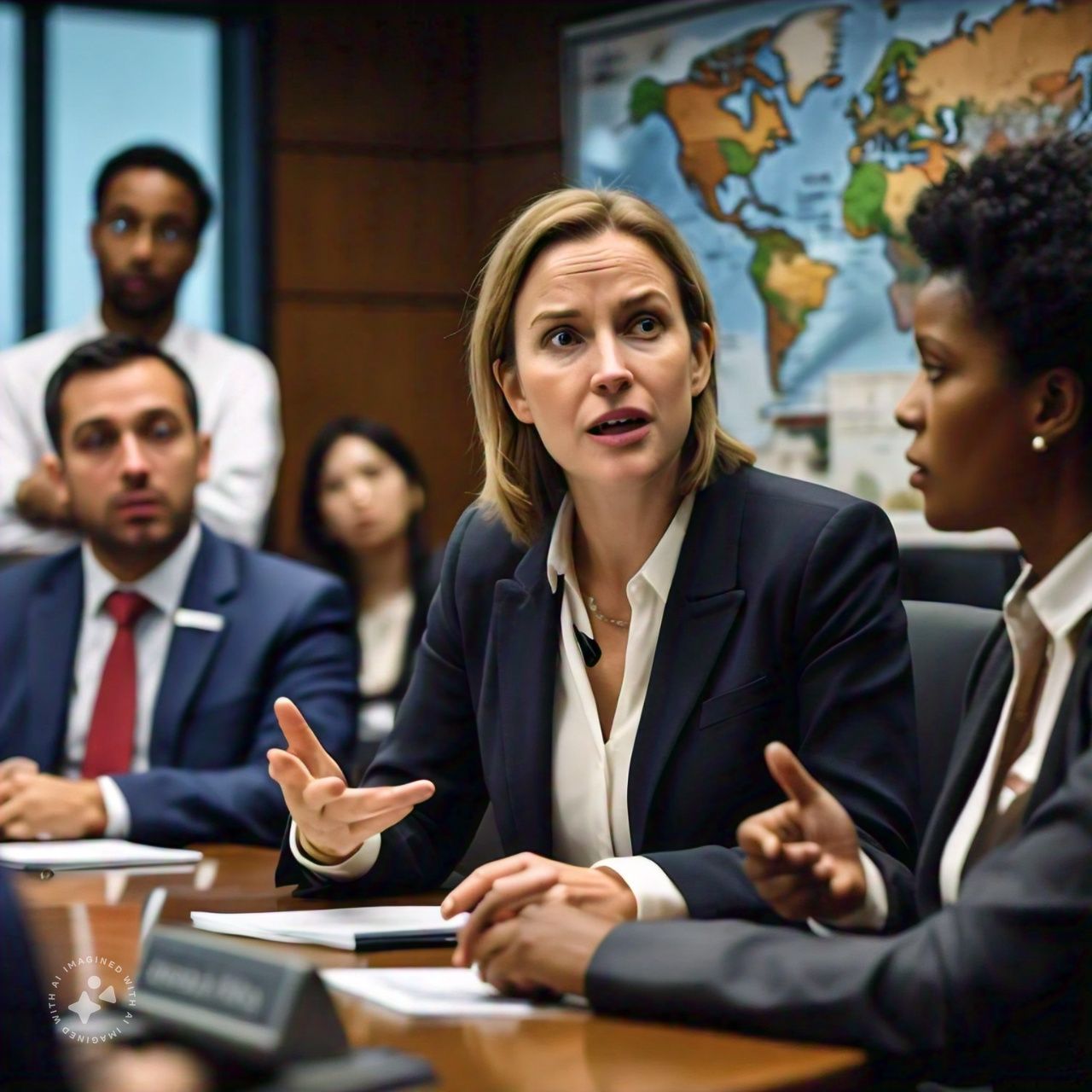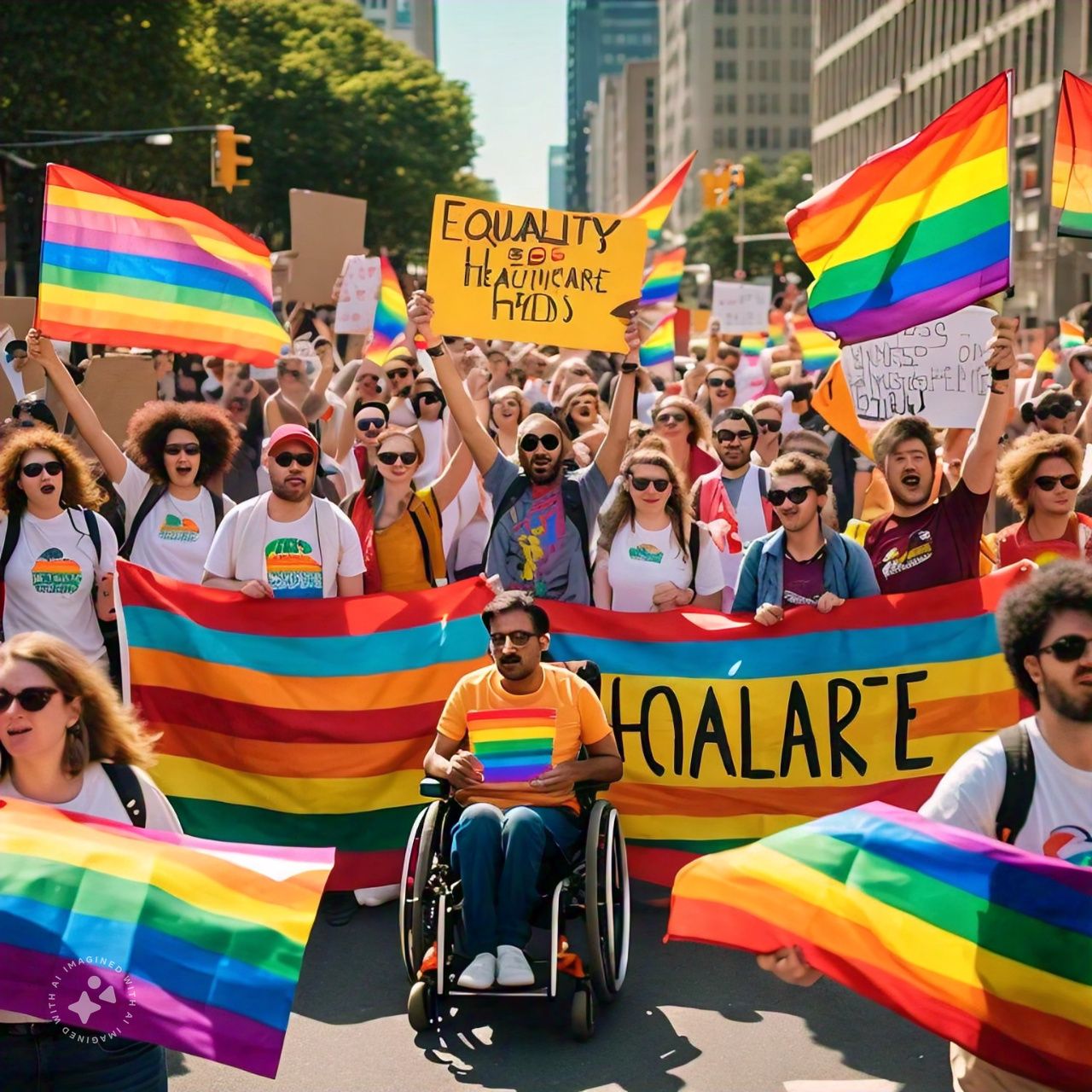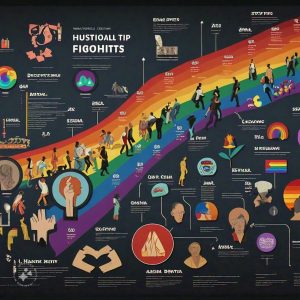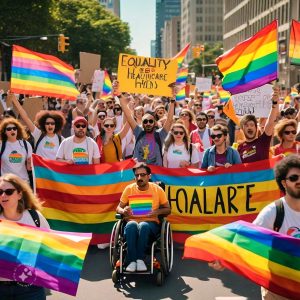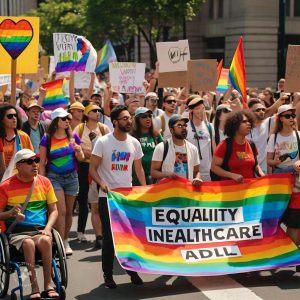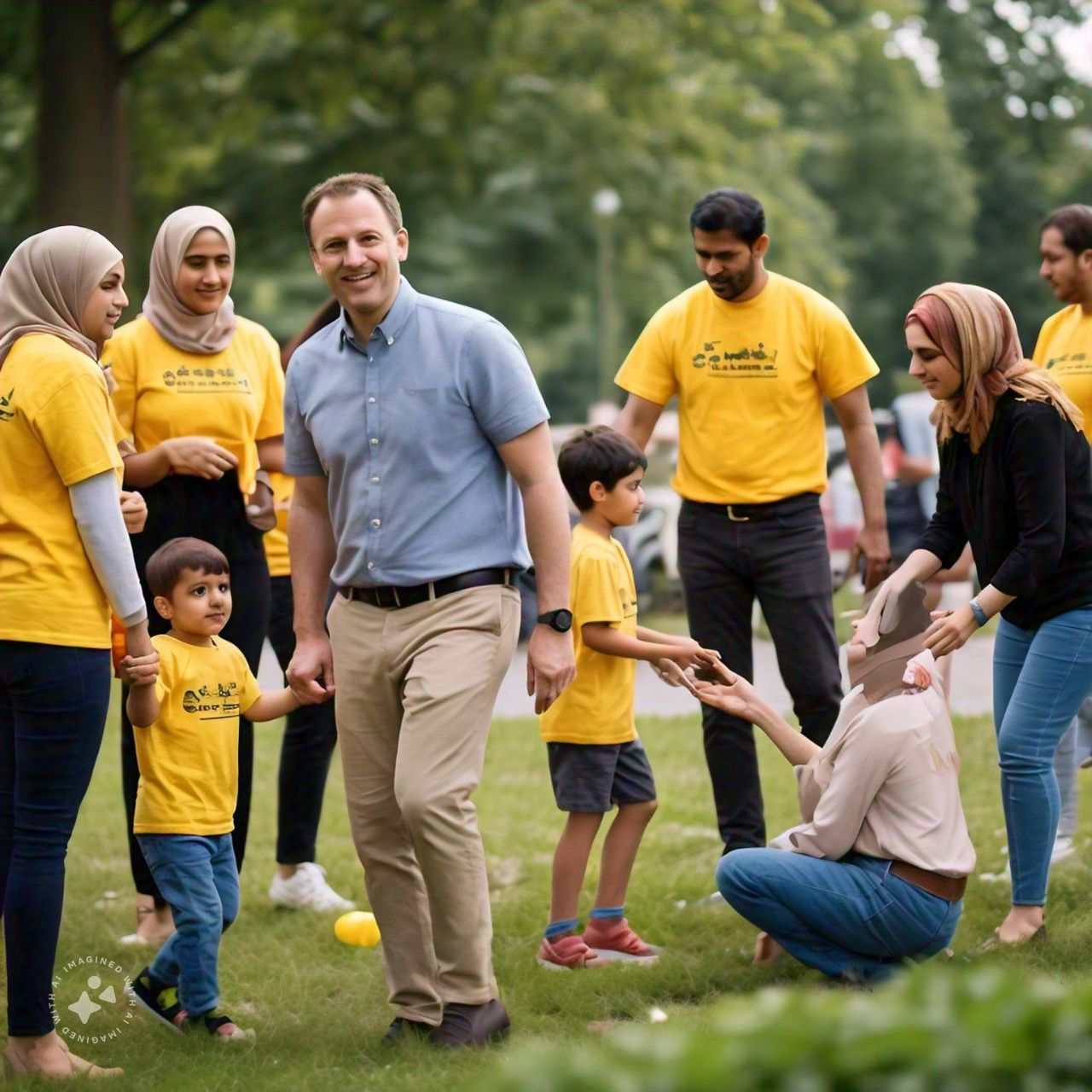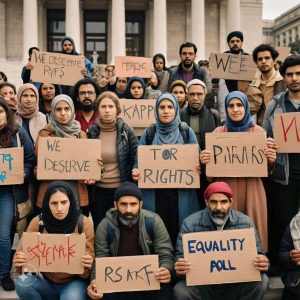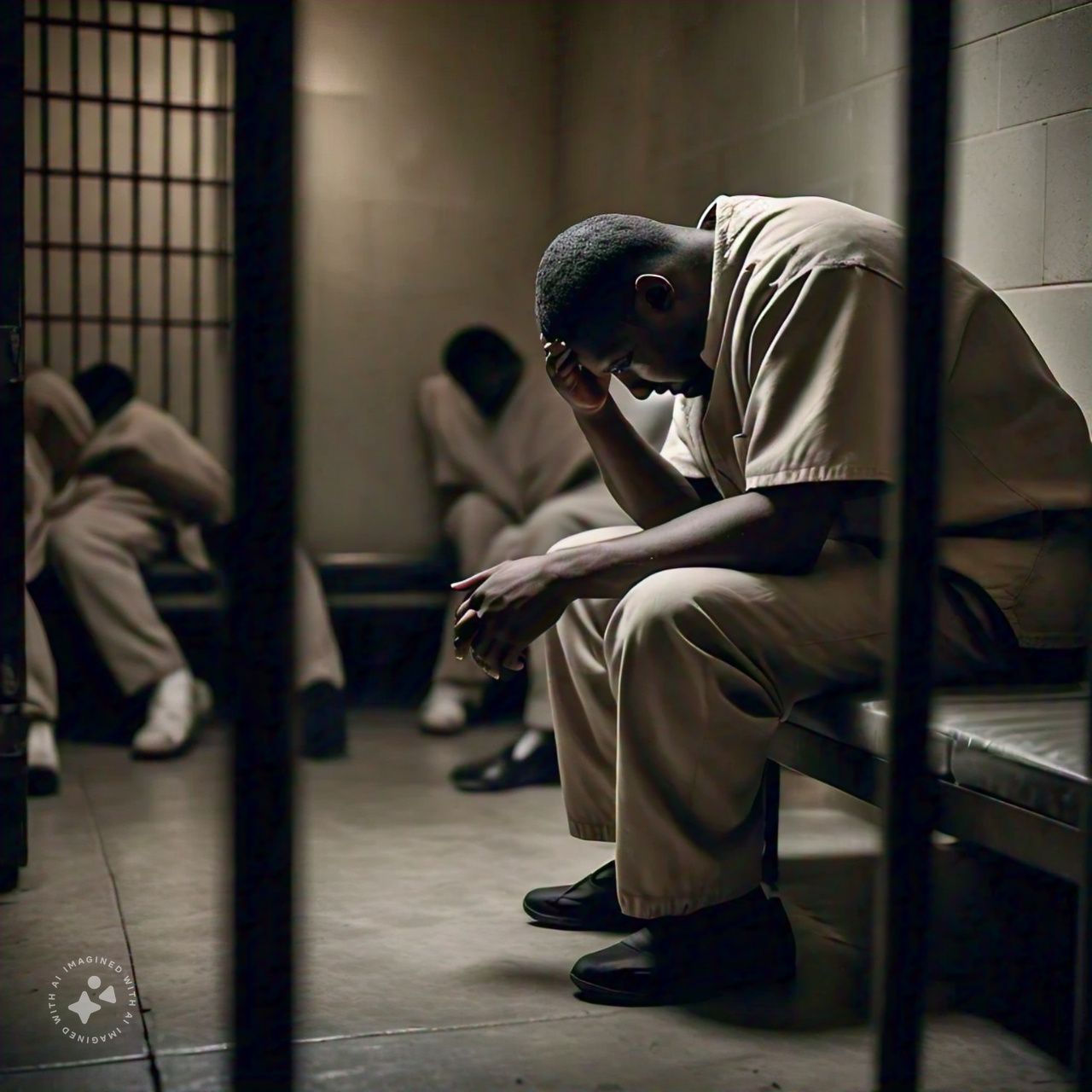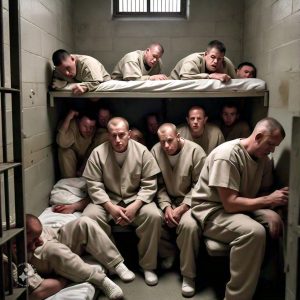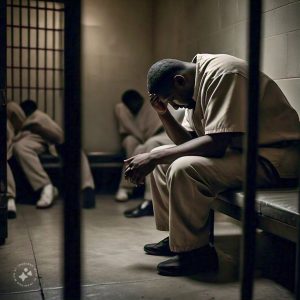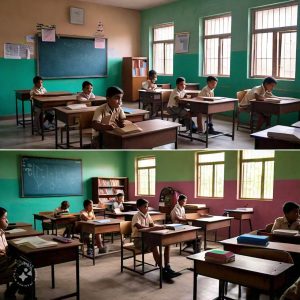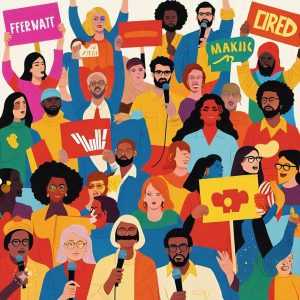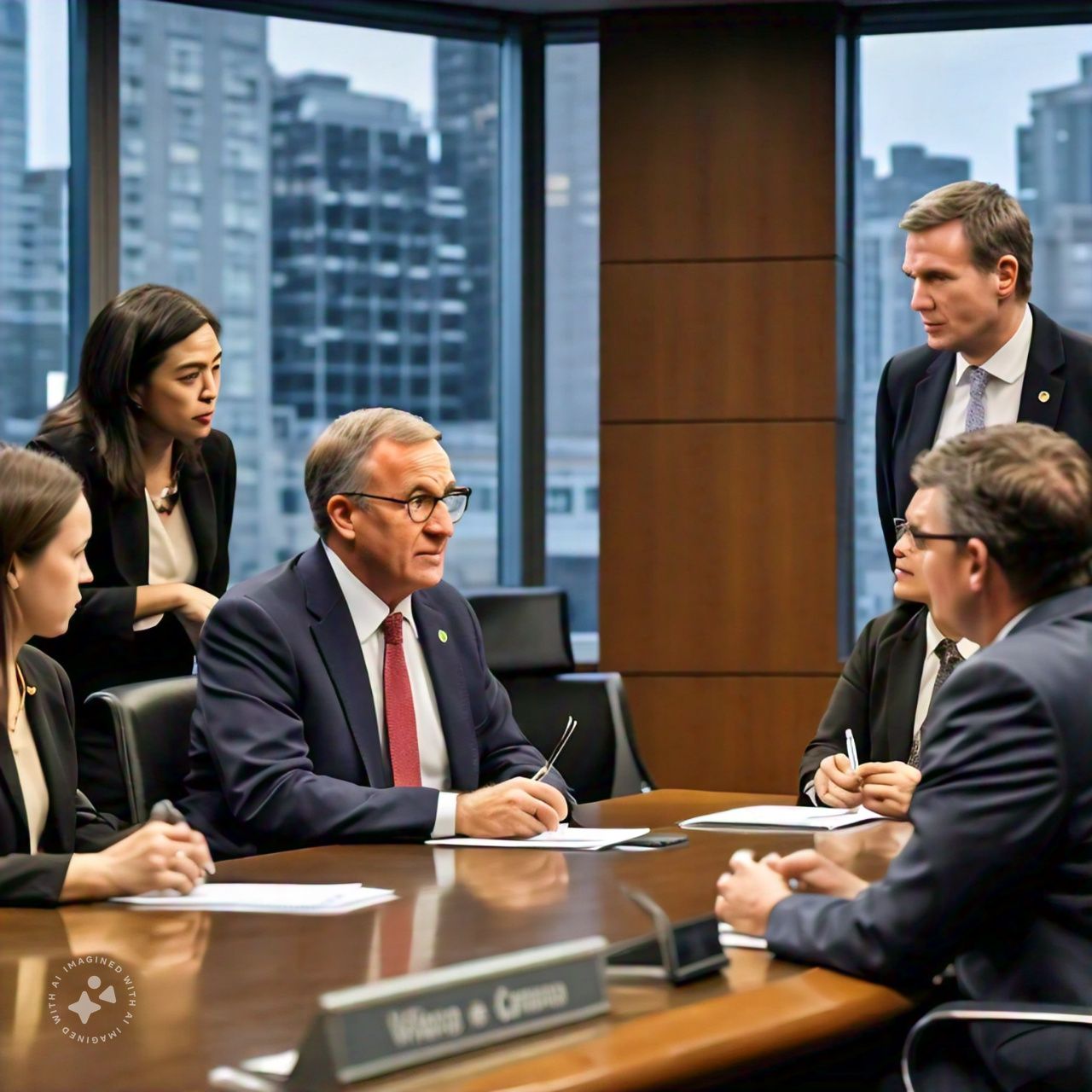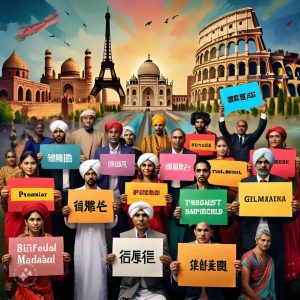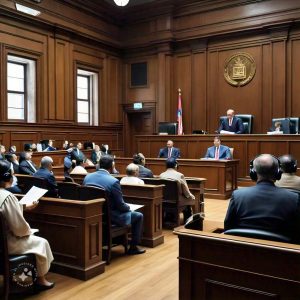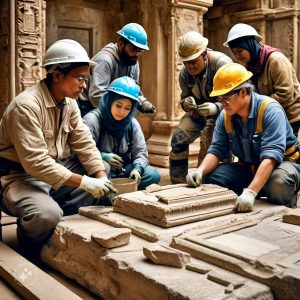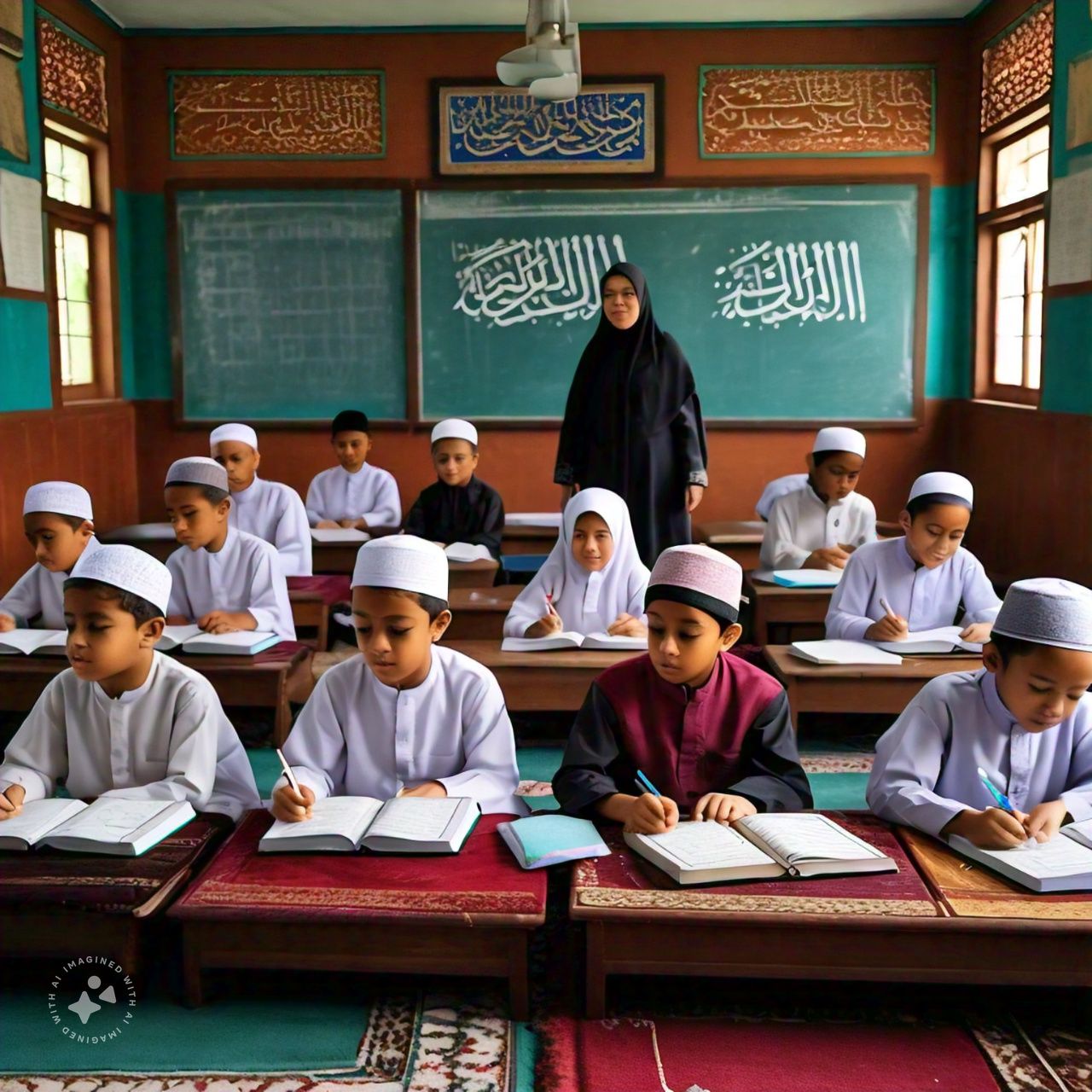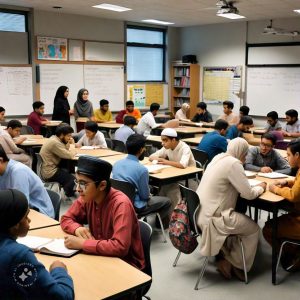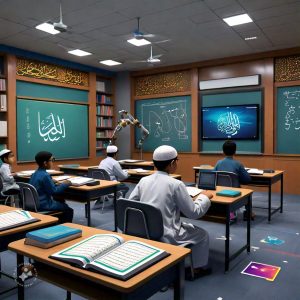Introduction
Income inequality and poverty are two intertwined issues that have profound effects on society. While income inequality refers to the uneven distribution of income among individuals and groups, poverty encompasses the lack of financial resources necessary to meet basic needs for a minimum standard of living. Understanding the relationship between these two concepts is critical for addressing social injustices and developing effective policies to enhance economic stability and growth. This article explores the causes and consequences of income inequality and poverty, as well as potential solutions to these pressing issues.
The Causes of Income Inequality
1. Economic Factors
Several economic factors contribute to income inequality, including globalization, technological advancements, and labor market dynamics. Globalization has allowed capital and labor to flow across borders, leading to increased competition and shifting job markets. While this can result in job creation in some sectors, it often leads to job losses in others, particularly in manufacturing and low-skilled positions.

Technological advancements have also played a significant role. Automation and artificial intelligence have replaced many low-skill jobs, further widening the income gap. Those with the skills to adapt to new technologies benefit, while others are left behind.
2. Education and Skills Gap
Education is one of the most critical determinants of income levels. Individuals with higher education typically earn significantly more than those with only a high school diploma. The rising cost of education and the increasing demand for skilled workers have exacerbated the income inequality gap.
3. Labor Market Disparities
Labor market disparities contribute to income inequality in various ways. Discrimination based on race, gender, and ethnicity often results in unequal pay for equal work. Additionally, the gig economy has created a new class of workers who face instability and lack benefits typically associated with full-time employment.
The Consequences of Income Inequality
1. Social Strain
Income inequality can lead to social strain, creating divisions within society. Those at the top may become isolated from those at the bottom, leading to a lack of understanding and empathy between classes. This division can foster resentment and conflict, destabilizing communities.

2. Health Disparities
Income inequality has a direct impact on health outcomes. Lower-income individuals often lack access to quality healthcare, leading to higher rates of chronic illnesses and shorter life expectancies. Poor living conditions, limited access to nutritious food, and inadequate education about health also exacerbate these disparities.
3. Economic Growth Stagnation
High levels of income inequality can hinder economic growth. When wealth is concentrated in the hands of a few, consumer spending may decline, as wealthier individuals tend to save rather than spend. This reduces overall demand for goods and services, which can slow economic growth and lead to job losses.
The Relationship Between Income Inequality and Poverty
Income inequality and poverty are intrinsically linked. When a small percentage of the population holds a disproportionate share of wealth, the remaining individuals may struggle to make ends meet. Poverty not only affects individuals but also has broader societal implications.
1. Cycle of Poverty
Individuals born into poverty often find it challenging to escape due to limited access to quality education, healthcare, and employment opportunities. This cycle perpetuates poverty across generations, as children of low-income families may not have the same resources and support systems as their wealthier peers.
2. Policy Implications
Addressing income inequality is crucial for poverty alleviation. Policies aimed at reducing income disparity can have a significant impact on poverty rates. Such policies may include progressive taxation, increased minimum wages, and expanded access to education and healthcare.
Solutions to Address Income Inequality and Poverty
1. Education and Workforce Development
Investing in education and workforce development is essential for addressing income inequality. Policies should focus on providing access to quality education for all, including early childhood education and vocational training programs. By equipping individuals with the necessary skills, they can better compete in the labor market.
2. Social Safety Nets
Strengthening social safety nets can help alleviate poverty. Programs such as unemployment insurance, food assistance, and housing subsidies provide critical support to low-income individuals and families. These programs not only help meet immediate needs but also enable individuals to pursue education and employment opportunities.
3. Inclusive Economic Growth
Promoting inclusive economic growth involves ensuring that the benefits of economic development are shared among all members of society. This can be achieved through policies that support small businesses, fair labor practices, and equitable access to resources.
Conclusion
Income inequality and poverty are complex issues that require comprehensive solutions. By understanding the causes and consequences of these phenomena, we can develop effective strategies to create a more equitable society. It is essential for governments, organizations, and communities to work together to address these challenges and promote social and economic justice for all individuals. Only through concerted efforts can we break the cycle of poverty and reduce income inequality, paving the way for a brighter future.

